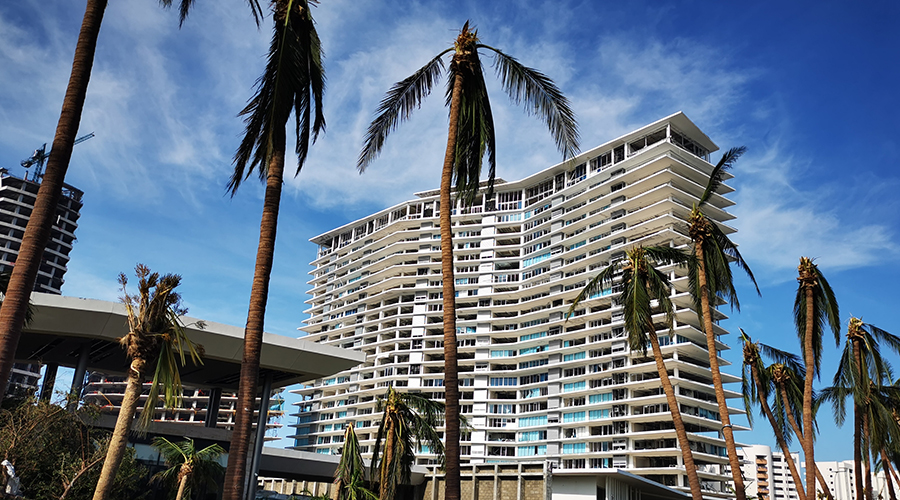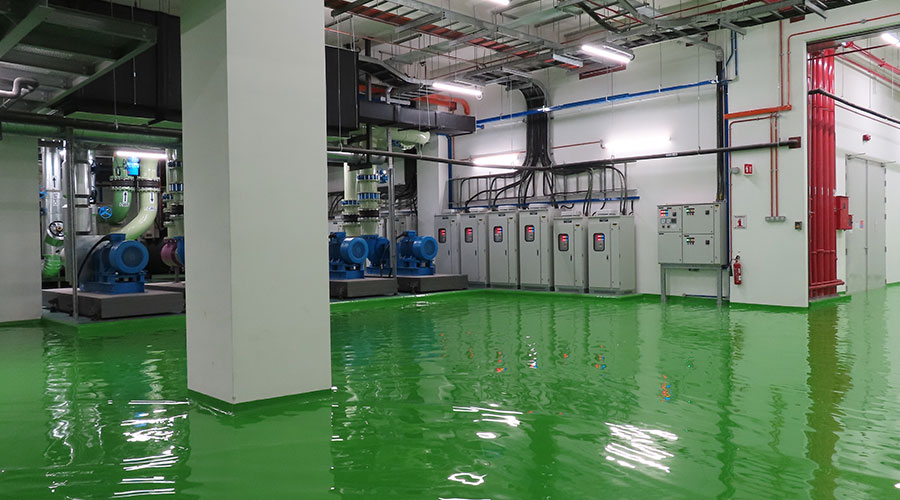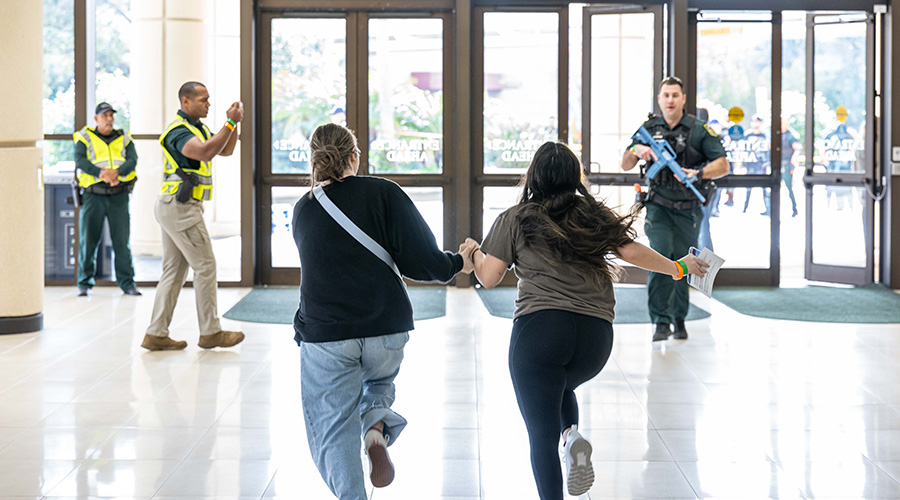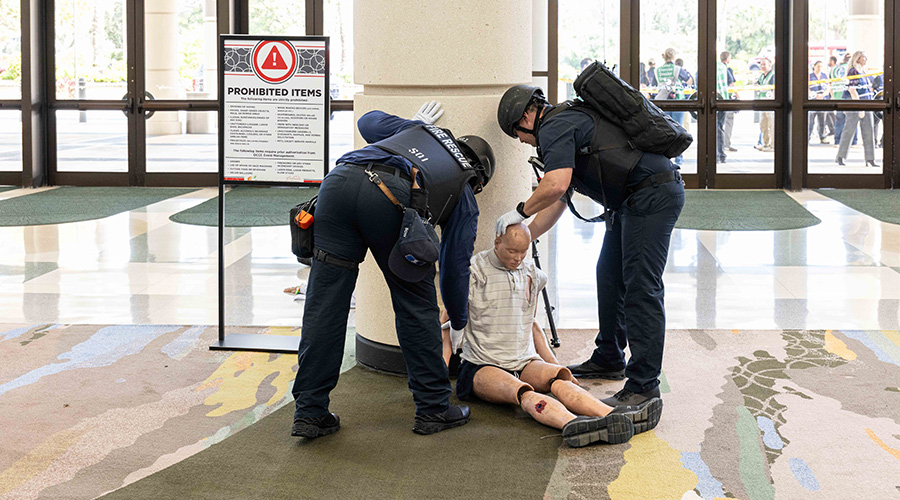Variety of Emergencies, Building Vulnerabilities Demand Attention
Property managers need to be ready for a variety of emergencies, and to know their building's potential vulnerabilities. Add a retail component to the building and you increase the vulnerability.
Lind says that in Chicago, property managers share emergency response plans with the city, and they should be prepared for emergencies beyond fires, such as loss of power and active shooters. "It's really important to ensure that the plan is practical," she says. To do that, the entire team should be involved — management, security, the engineering group, and tenants — plus local authorities. The active-shooter training, she says, "is not meant to scare people, but it's better for everyone to have some best practices in their head if, unfortunately, this would ever happen."
Get to know the property managers in neighboring buildings, Pyznarski advises. If a situation arises in one of those buildings and the property manager knows Pyznarski, that manager may let her know what's happening. "Forewarned is forearmed," she says.
Points Of Vulnerability
Elements of the building itself also demand close attention. "The back-of-house functions like the loading dock, delivery entrance, and garage often present vulnerabilities that are not adequately addressed," Kelly says. "There are new electronic systems that can help building managers get better control of these functions."
At his Philadelphia facilities, Criticos notes, the security level can be ramped up or down depending on the Homeland Security threat assessment. "We're currently at a very low threat level, so we allow trucks to pull right into our loading dock," he says. "But they have to be on an access list to go up to the tenant." If the threat level goes up, a security guard will stop trucks on the street, find out if they're on the access list, and if not, keep them away from the building until the tenant OKs the delivery.
"We have a public garage downstairs, which means people can pull in off the street," Criticos says. "If we ramped up our security, we'd go to monthlies only."
Add in a retail component, with shops and stores in the same office building, and you create more vulnerability. The big challenge there, Lind says, "is maintaining security separation between traffic in the building and actual office traffic, keeping the traffic flowing and not stagnating." In that situation, it's essential to ensure that only tenants and their visitors have access to the elevators, including freight elevators. "We do a lot of card-access turnstiles, so there's an actual physical barrier, with guards watching as well."
She emphasizes the importance of a well-trained staff that is familiar with the building and normal traffic patterns. "[You want] stability with your security staff — people who really know your occupants so they can kind of spot someone who doesn't really belong," she says.
Kelly notes the challenge of retail space, conference facilities, or public access areas putting a large transient population into a building. "In these cases," he says, "visitor pre-registration is a necessity in order to avoid lobby crowding and a possible security breach."
Staying On Top Of Threats
For property managers, the list of concerns is never static. In the wake of 9/11, for example, anthrax and suspicious packages topped the worry list — but no more. Recently, protests over controversial fatal police shootings of minorities in several cities have created a new challenge for property managers — protests. And Kelly notes another emerging risk: the threat that hackers pose to building systems (HVAC, CCTV, elevators, access control) connected to the Internet.
"We had a client who, when Ebola hit, asked us, first question, 'What is your Ebola action plan?' " Pyznarski says. Tenants want to know management is keeping up with risks. "The threat of yesterday," she says, "isn't the threat of today."
Related Topics:













